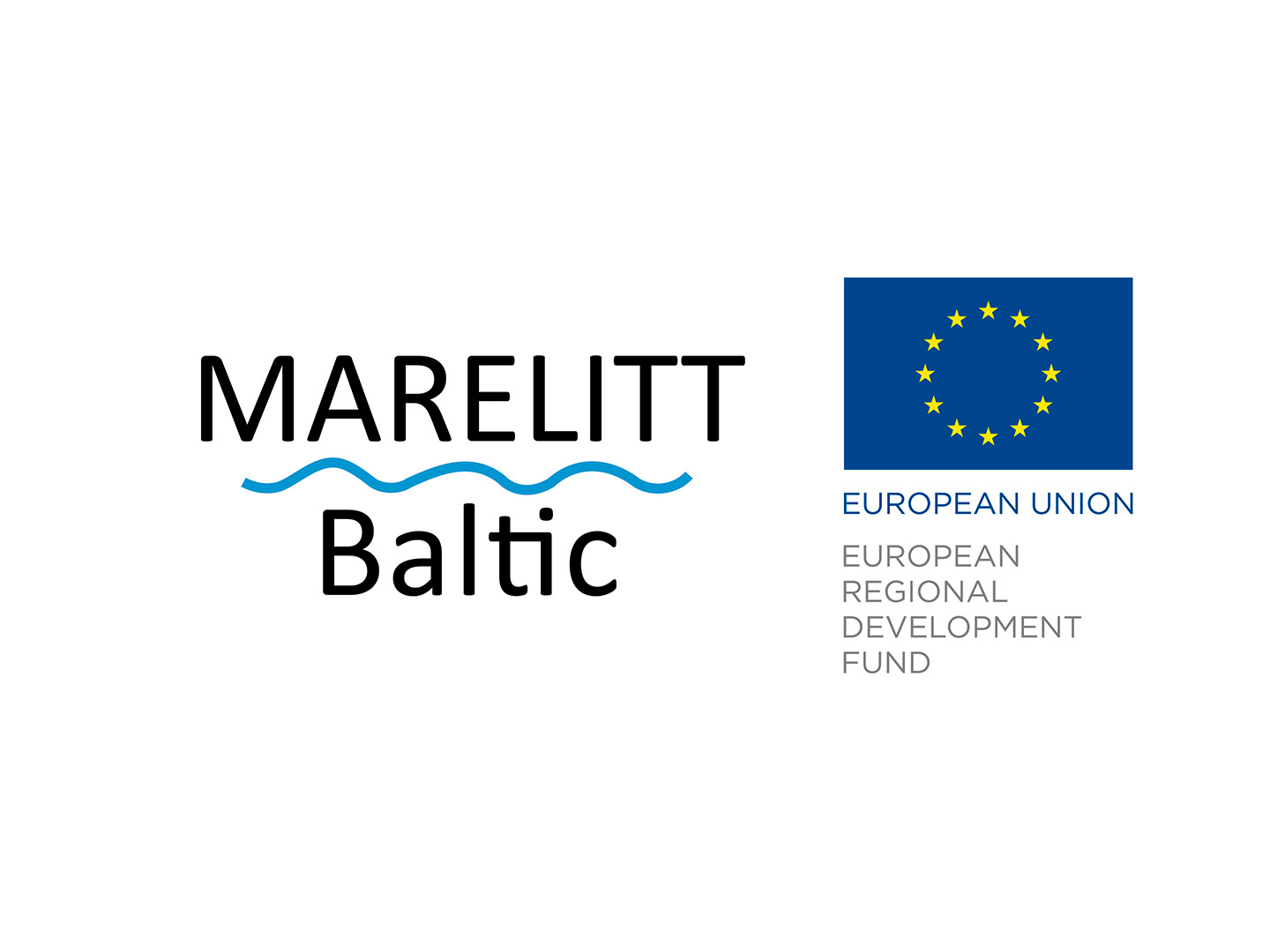In the project, a large number of actors from affected EU countries along the process chain could be interviewed, so that a clear picture of the status quo of the recycling or disposal of EOL and ALDFG resulted and the work of the EU Interreg project MARELITT Baltic could be meaningfully supplemented. Result: The collection of net material is mainly done by fisheries and ports. The disposal routes are very different in the partner countries. They range from simple disposal by landfill to collection and pre-sorting in the port with subsequent fine sorting in a sorting plant. Most often, the nets are disposed of with commercial waste. In small fishing ports, salvaged and discarded net materials are collected in residual waste garbage cans and disposed of with household waste. The classical disposal routes are flanked by initiatives (e.g. FF Norden) and NGO offers. The GIS-based analysis has shown that an orderly recycling of materials and energy is possible in the Baltic Sea region, but that this requires intelligent logistics.
The study's recommendations include the involvement of all actors along the process chain, targeted collection with monetary incentives, the provision of a disposal infrastructure and the establishment of a deposit and return system. Further results can be read online in the report.
[1] Engl. Abandoned, Lost and Discarded Fishing Gear (ALDFG)
[2] End-of-Life Fishing Gear (EOL)
[3] Study as part of the MARELITT Baltic project: Recycling of Abandoned, Lost and Discarded Fishing Gear (ALDFG) and End-of-Life Fishing Gear (EOL): Sub-studies on logistics requirements and economic viability, R. Bertling, J. Nühlen, Fraunhofer UMSICHT Oberhausen, March 2019
[4] https://www.marelittbaltic.eu/
 Fraunhofer Institute for Environmental, Safety and Energy Technology UMSICHT
Fraunhofer Institute for Environmental, Safety and Energy Technology UMSICHT